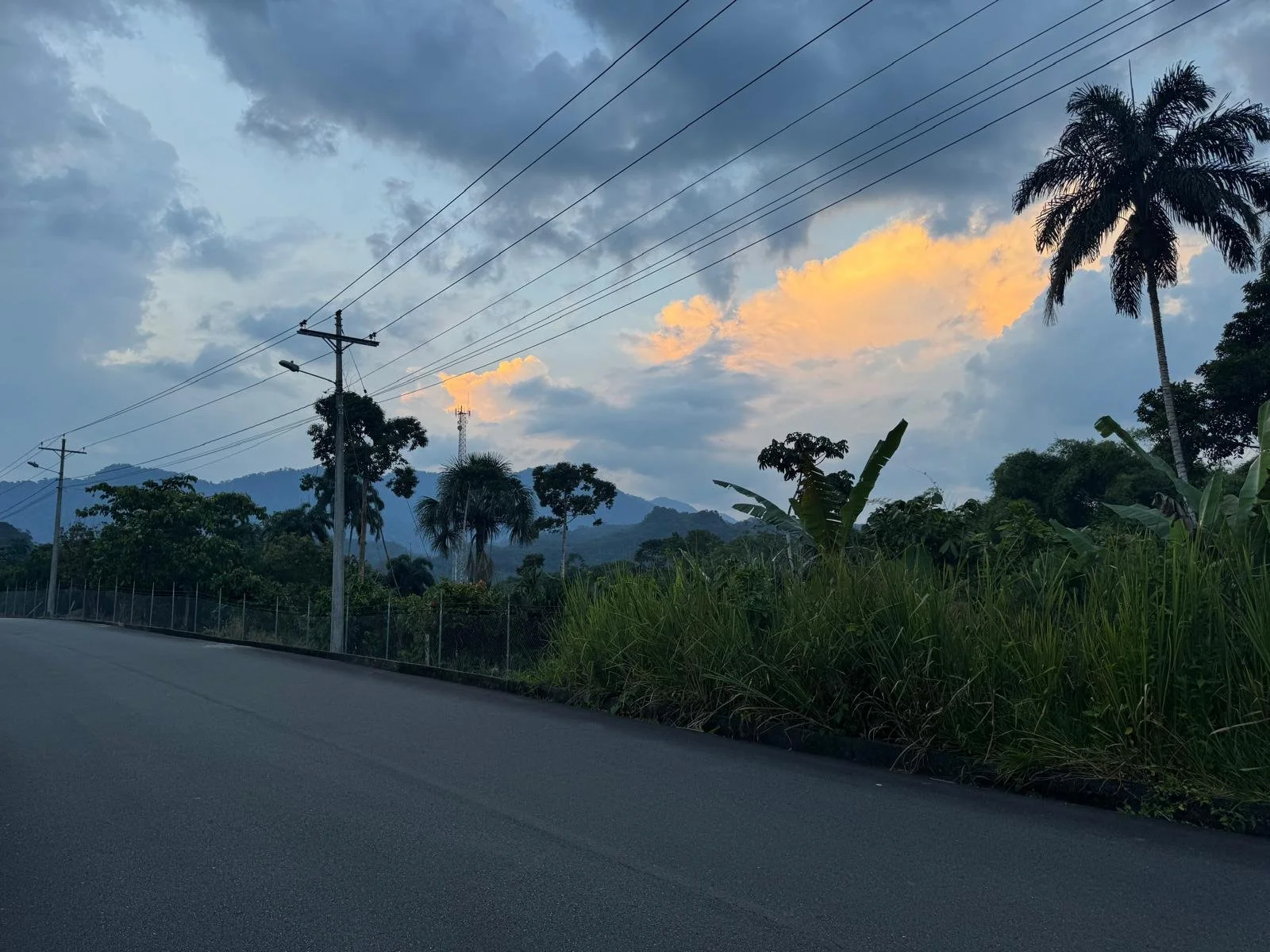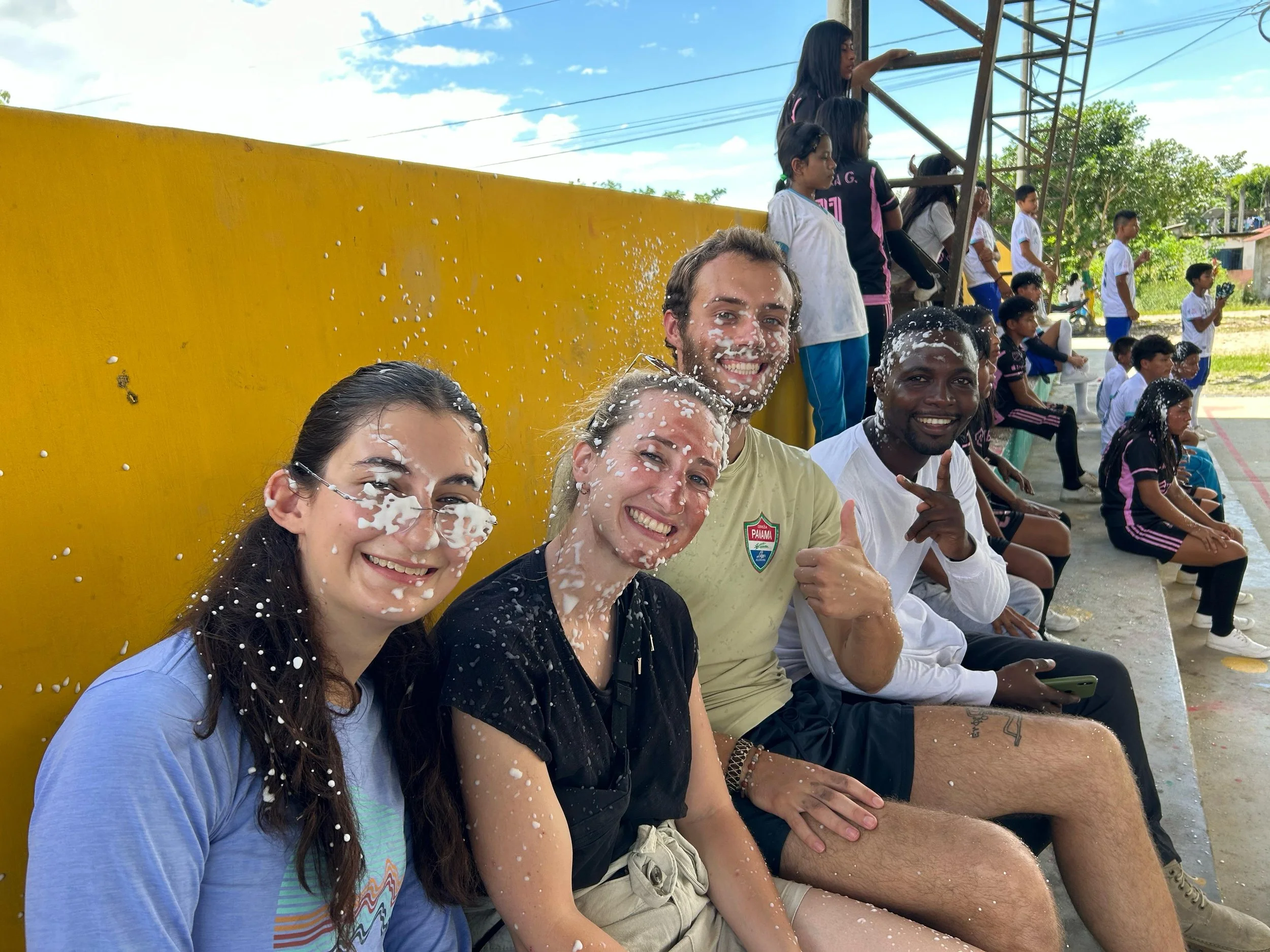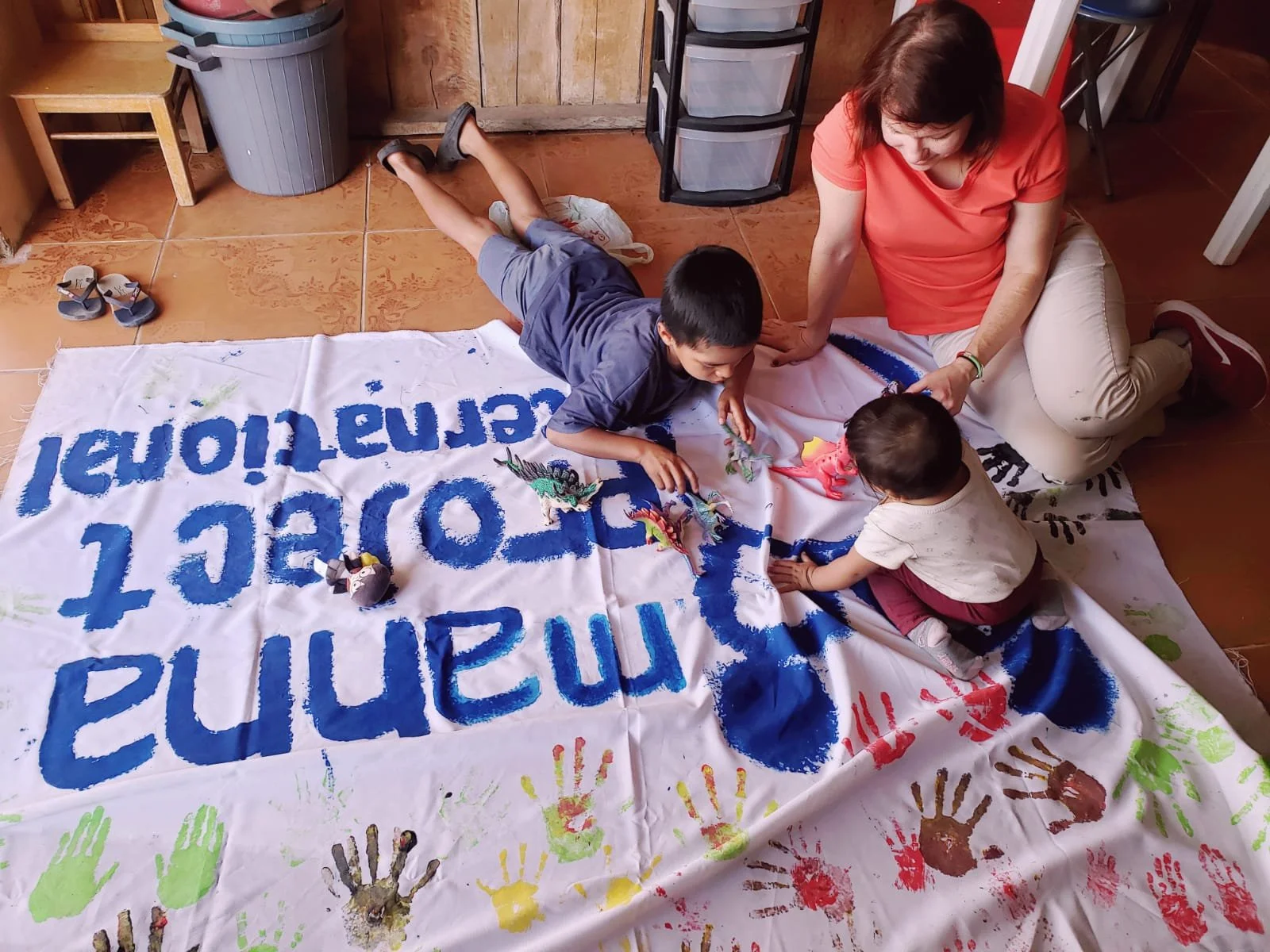Last weekend, MPI Ecuador’s team embarked on its first quarterly retreat of the year to the Cotopaxi Volcano in Latacunga. Cotopaxi is Ecuador’s second highest peak, standing at an impressive 19,347 feet. We spent the weekend at the cozy Secret Garden Hostel and were treated to endless fireplace fires and warm banana bread (both of which were welcome; the altitude difference of the volcano made for a chillier weekend than we are used to)!
Typically, Program Directors have retreats every three months and use the time to get to know each another, ourselves, and reflect on recent experiences and improve our teamwork skills. Our retreat was perfectly timed because it allowed us to get to know Carolyn, our new Country Director, much better (through a ton of silly rounds of charades)!
The weekend also gave us the opportunity to discuss our individual goals for our time with Manna Project, agree on our shared goals as a group, address conflict resolution skills and enjoy each other’s company in an environment completely different from the one in which we live.
This last part was probably the most impactful for us; at times we can get so caught up in scheduling, program planning, teaching at our community center and maintaining our house that we forget that outside our community of Sangolqui there are so many incredibly beautiful natural sights in Ecuador.
Personally, the diversity in Ecuador’s geography was one of the many pulls that brought me here in the first place. As the nature nut that I am, it always amazes me that one country can have the mountains, the coast, the Amazon and the Galapagos Islands and only occupy the tiniest portion of South America.
It was breathtaking to wake up to a full view of Cotopaxi in the morning, especially because it is usually hidden by clouds for the majority of the day. Undoubtedly my favorite part of the retreat was that our hostel had no Wi-Fi (blasphemous, right??). We were truly able to enjoy each other and our surroundings without being disturbed by texts or emails, which almost never happens today.
I think we were all grateful for the chance to step away from our packed days and escape to Cotopaxi. As a team of only five Program Directors, we work full schedules and juggle many programs throughout the week, but this much-needed break was exactly what we needed to relax and rejuvenate before the start of our English classes.























